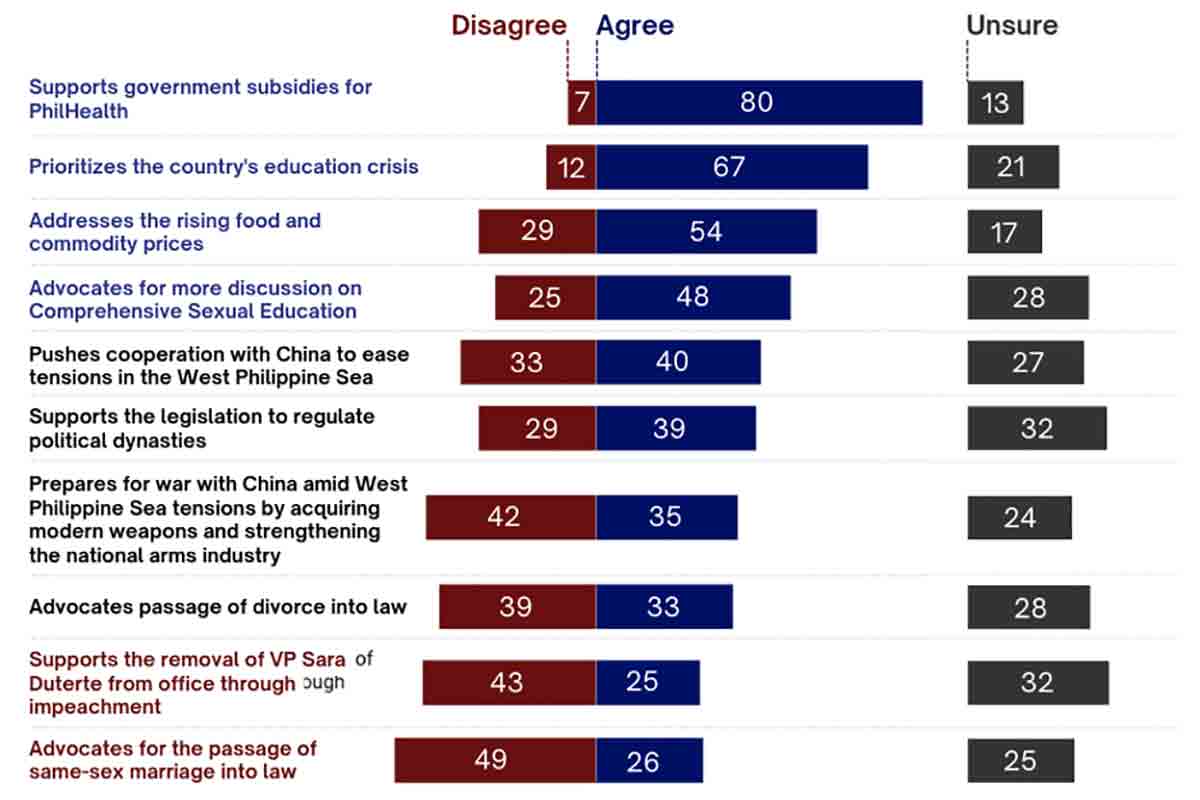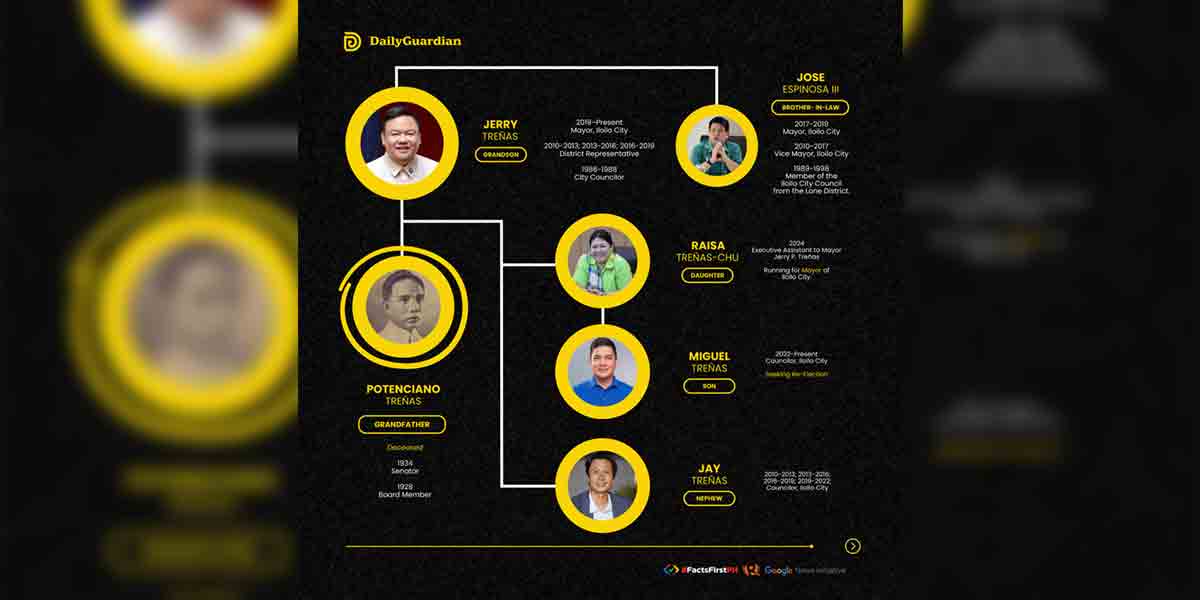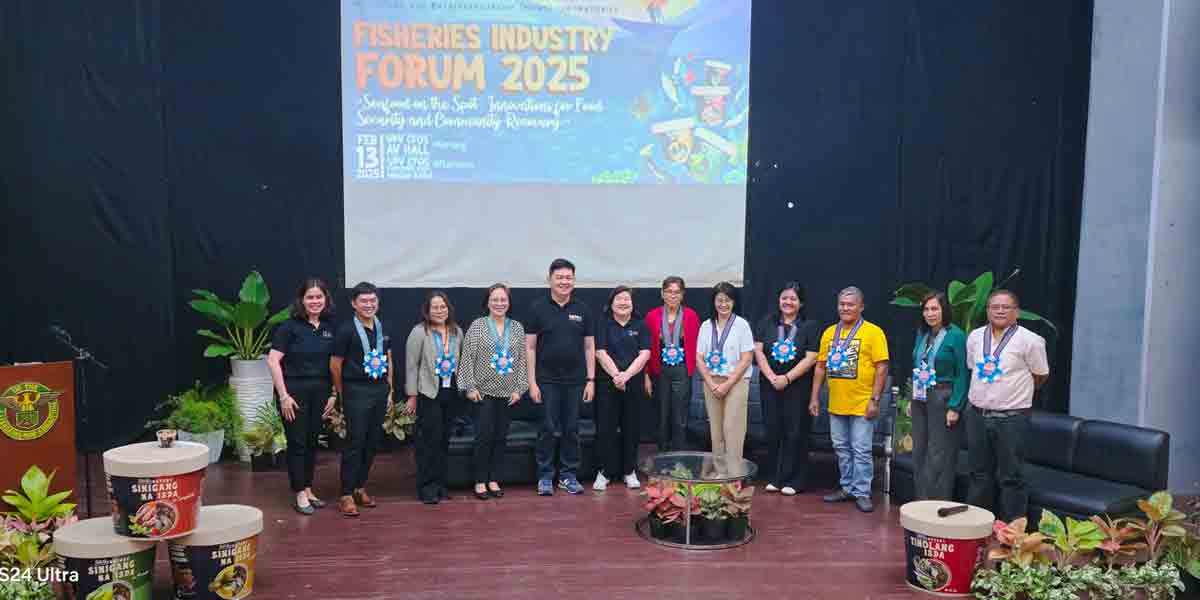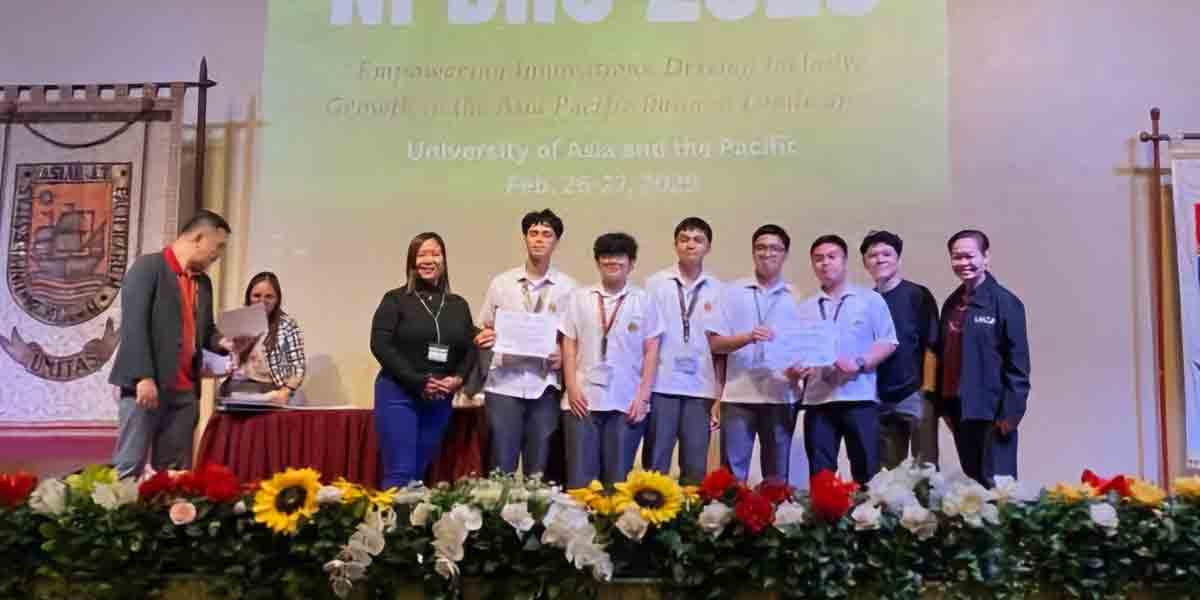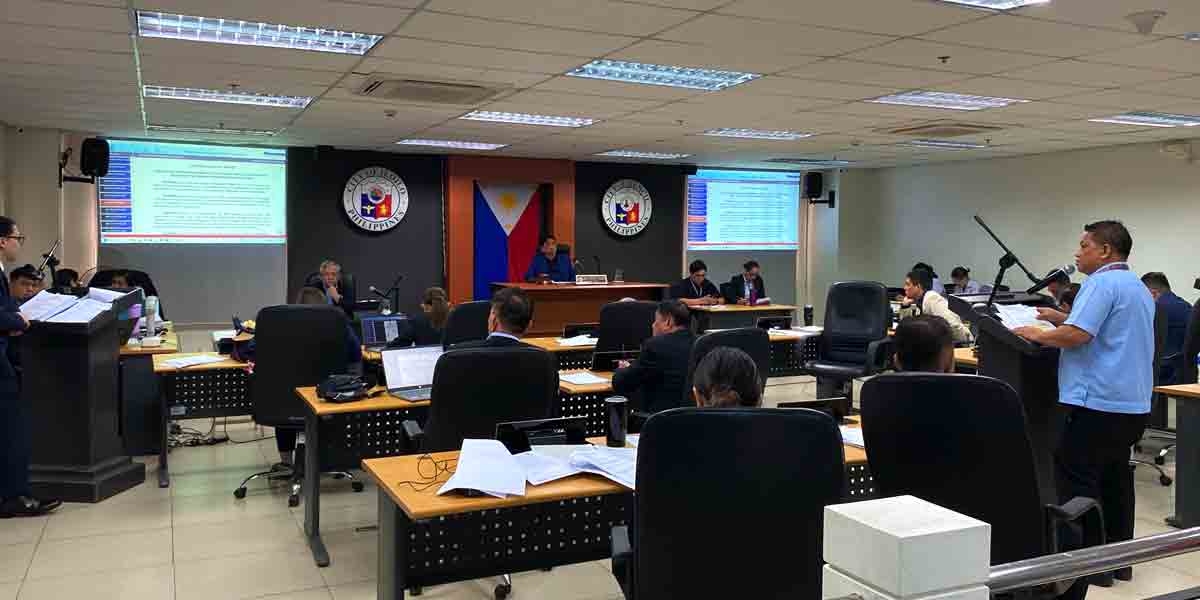 By Atty. Eduardo T. Reyes III
By Atty. Eduardo T. Reyes III
Radiocarbon yielded evidence of foot tracks on a lakebed in New Mexico suggesting that some 23,000 years ago, the first few Americans had traveled from Asia through the Bering Strait during the last Ice Age when the land was dry. The discovery was recently described in a paper entitled Science by Matthew Bennett of Bournemouth University in Britain, and his colleagues.
With the ill effects of global warming starting to crunch down on us as indicated by enormous flooding in Germany and China during the past months, this discovery could be an omen. The world has yet to gain an upper hand against Covid-19 and yet it is beset by environmental woes that are a punishment for neglecting nature.
Water is said to be the source of life. So, when the spring dries up, life ebbs too.
Rivers are known to change course or dry up. The law on the change of course of rivers is covered by Article 461 of the Civil Code, which provides:
“Art. 461. River beds which are abandoned through the natural change in the course of the waters ipso facto belong to the owners whose lands are occupied by the new course in proportion to the area lost. However, the owners of the lands adjoining the old bed shall have the right to acquire the same by paying the value thereof, which value shall not exceed the value of the area occupied by the new bed.”
Whenever a river veers from its original course through natural causes, the bed that it leaves behind shall be owned by the property owner whose land is now traversed by the new course of the river. This was explained in one case, thus:
“If indeed a property was the former bed of a creek that changed its course and passed through the property of the claimant, then, pursuant to Article 461, the ownership of the old bed left to dry by the change of course was automatically acquired by the claimant. Before such a conclusion can be reached, the fact of natural abandonment of the old course must be shown, that is, it must be proven that the creek indeed changed its course without artificial or man-made intervention. Thus, the claimant, in this case the Reyeses, must prove three key elements by clear and convincing evidence. These are: (1) the old course of the creek, (2) the new course of the creek, and (3) the change of course of the creek from the old location to the new location by natural occurrence.” (SPOUSES CRISPIN GALANG and CARlOAD GALANG v. SPOUSES CONRADO S. REYES AND FE DE KASTRO REYES (As substituted by their legal heir: Hermenigildo K. Reyes) G.R. No. 184746 August 8, 2012).
The abandoned riverbed automatically becomes the private property of the affected landowner immediately when the river changes its route. Owing to this phenomenon, the law in a sense rewards the affected landowner with the abandoned riverbed as compensation for the land he/ she had lost. In turn, landowners whose properties abut the abandoned riverbed, have the right to buy the same from the property owner whose land is now inundated by the new course of the river.
But it must be underlined that if the river does not change course but rather totally dries up, the rule is different. In the latter case, the dried-up riverbed shall be owned by the state pursuant to the Regalian doctrine as well as Article 420 of the New Civil Code. (Republic v. Santos III [G.R. No. 160453, November 12, 2012]).
Assuredly, rivers represent vitality. And not just metaphorically.
In New Zealand, the Whanganui River is considered to have a legal personality such that it can own property, incur debts, and petition the courts for some relief. While in India, two rivers- the Ganges and Yamuna- are treated as legal persons such that to despoil them merits imprisonment.
Too, the riverbed is surely arable land. It is fertile and if properly utilized, can yield crops as fat as elephants. A satellite image of Earth will show that rivers are like arteries interconnected with seas and oceans all of which provide life to what is otherwise a parched landmass.
The recently discovered footprints on the lakebed in New Mexico may serve as strong proof that people have trudged different continents in the olden days.
Today, during a pandemic, we ask ourselves: what kind of foot tracks do we wish to leave behind?
(The author is the senior partner of ET Reyes III & Associates- a law firm based in Iloilo City. He is a litigation attorney, a law professor, and a book author. His website is etriiilaw.com).


